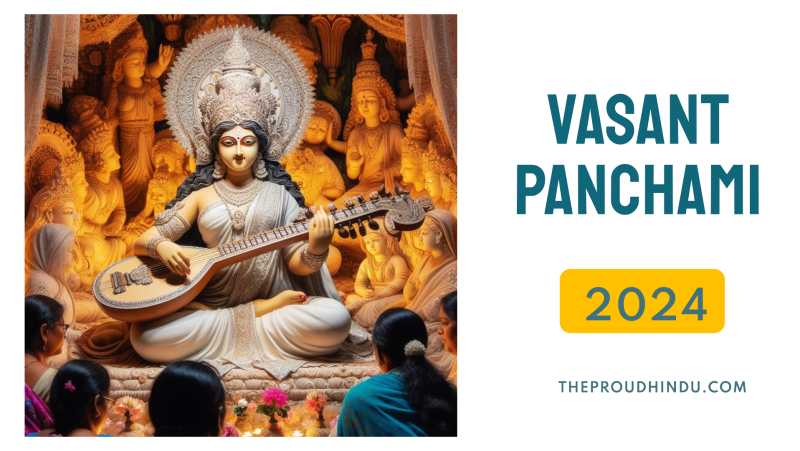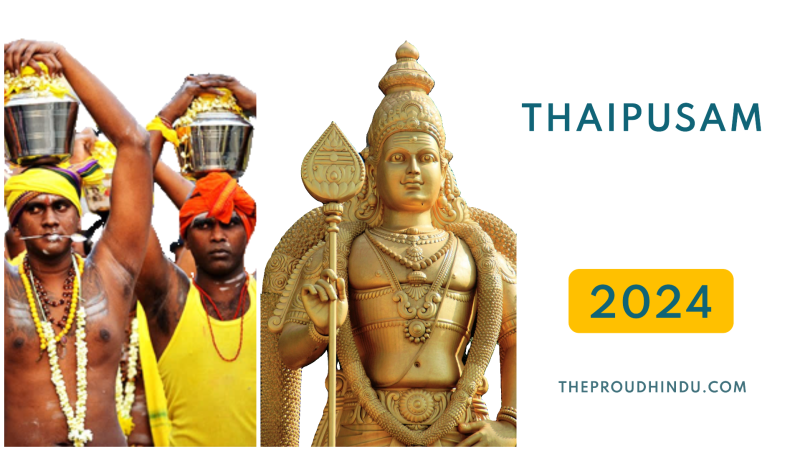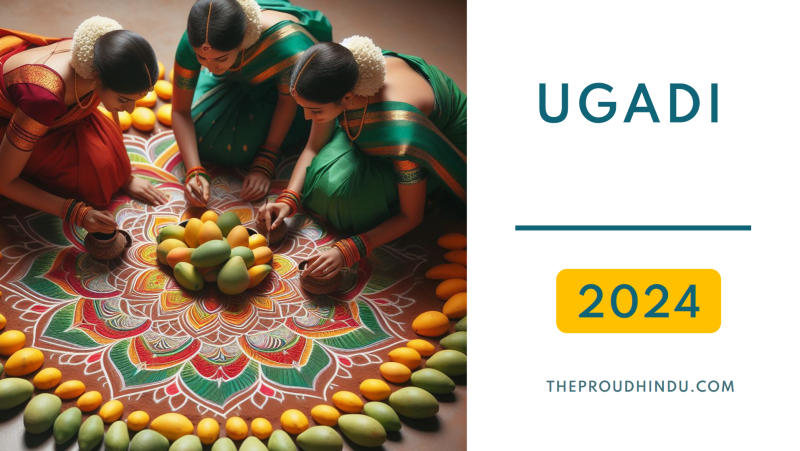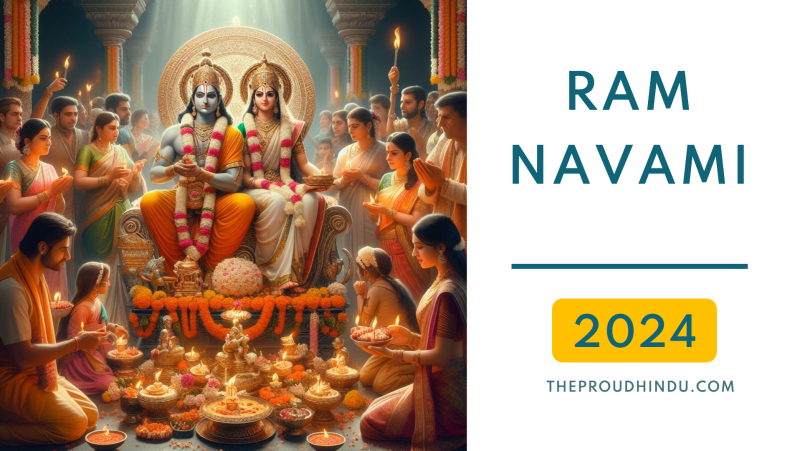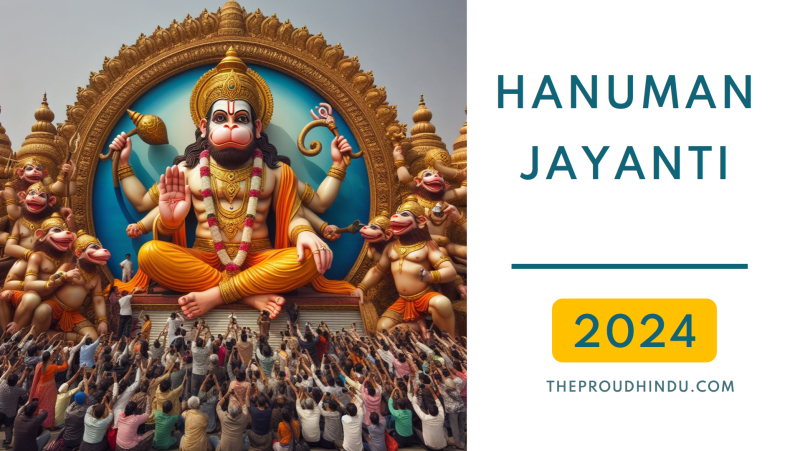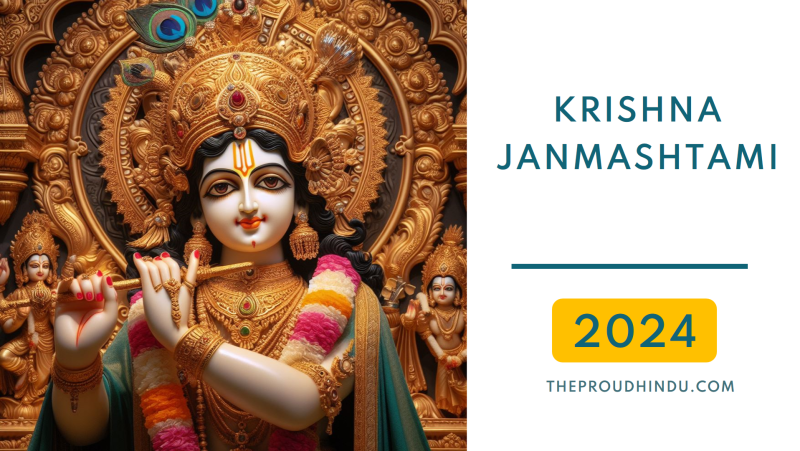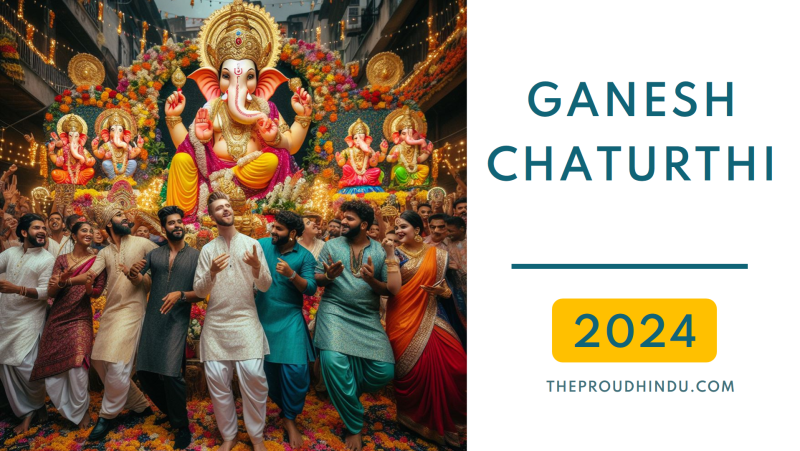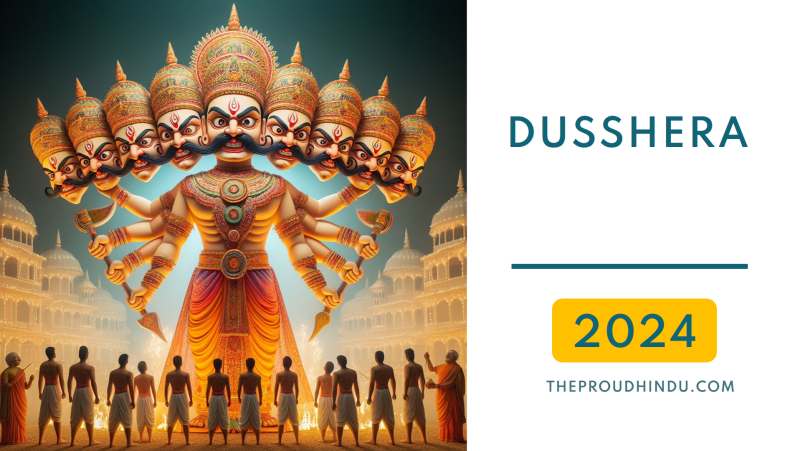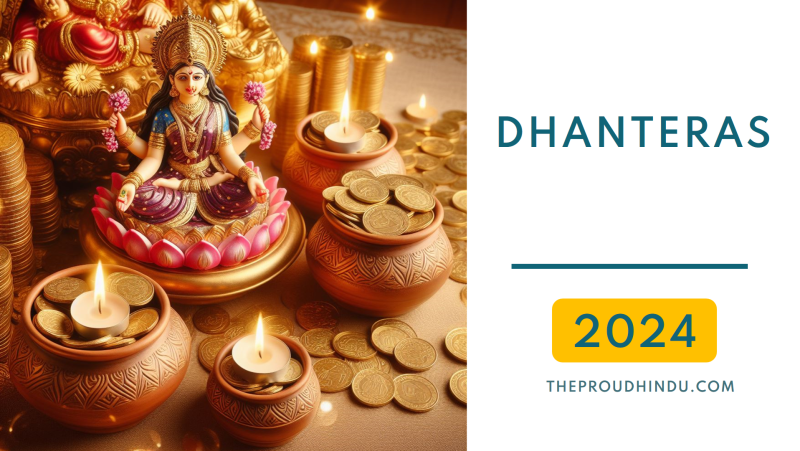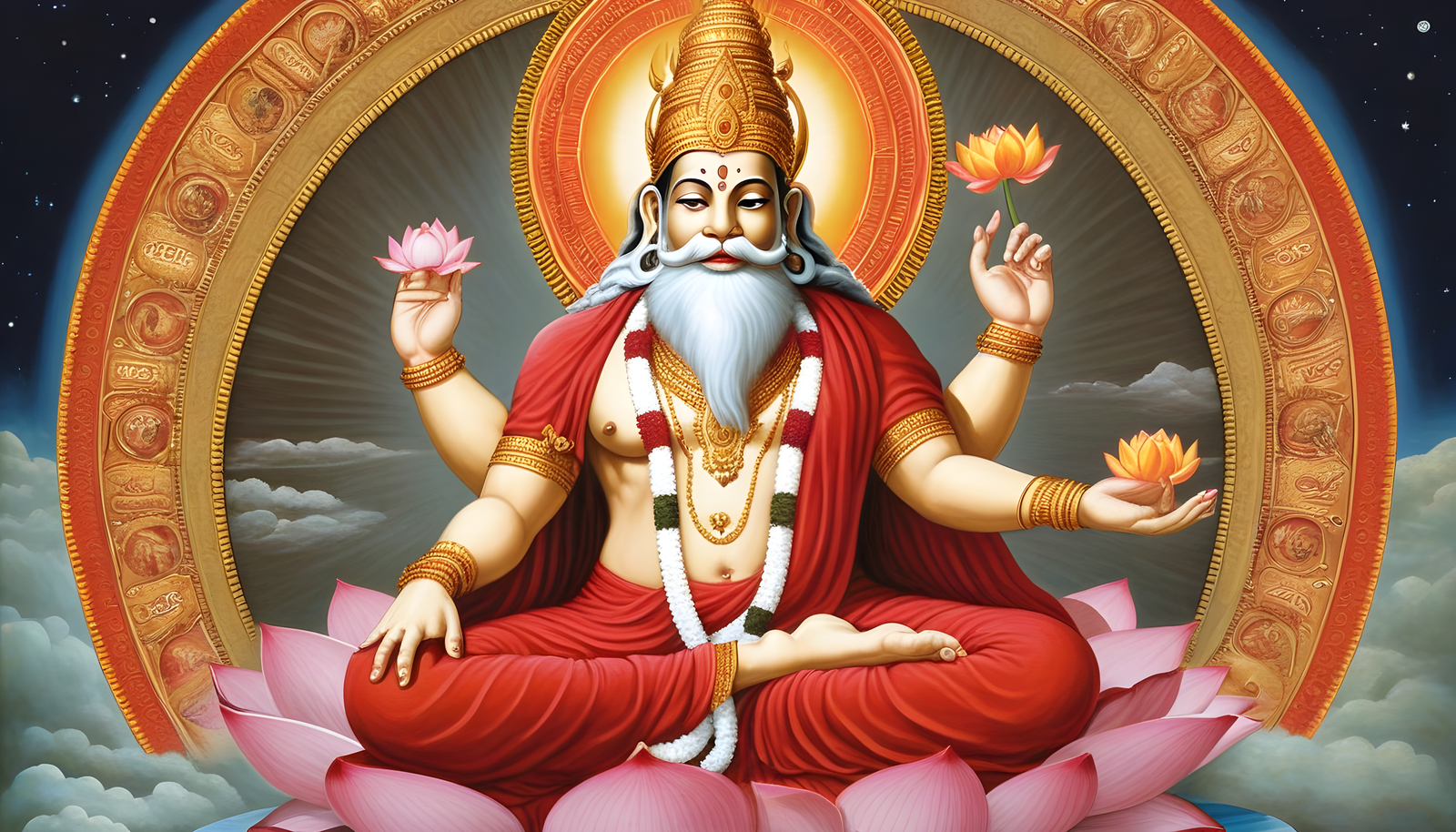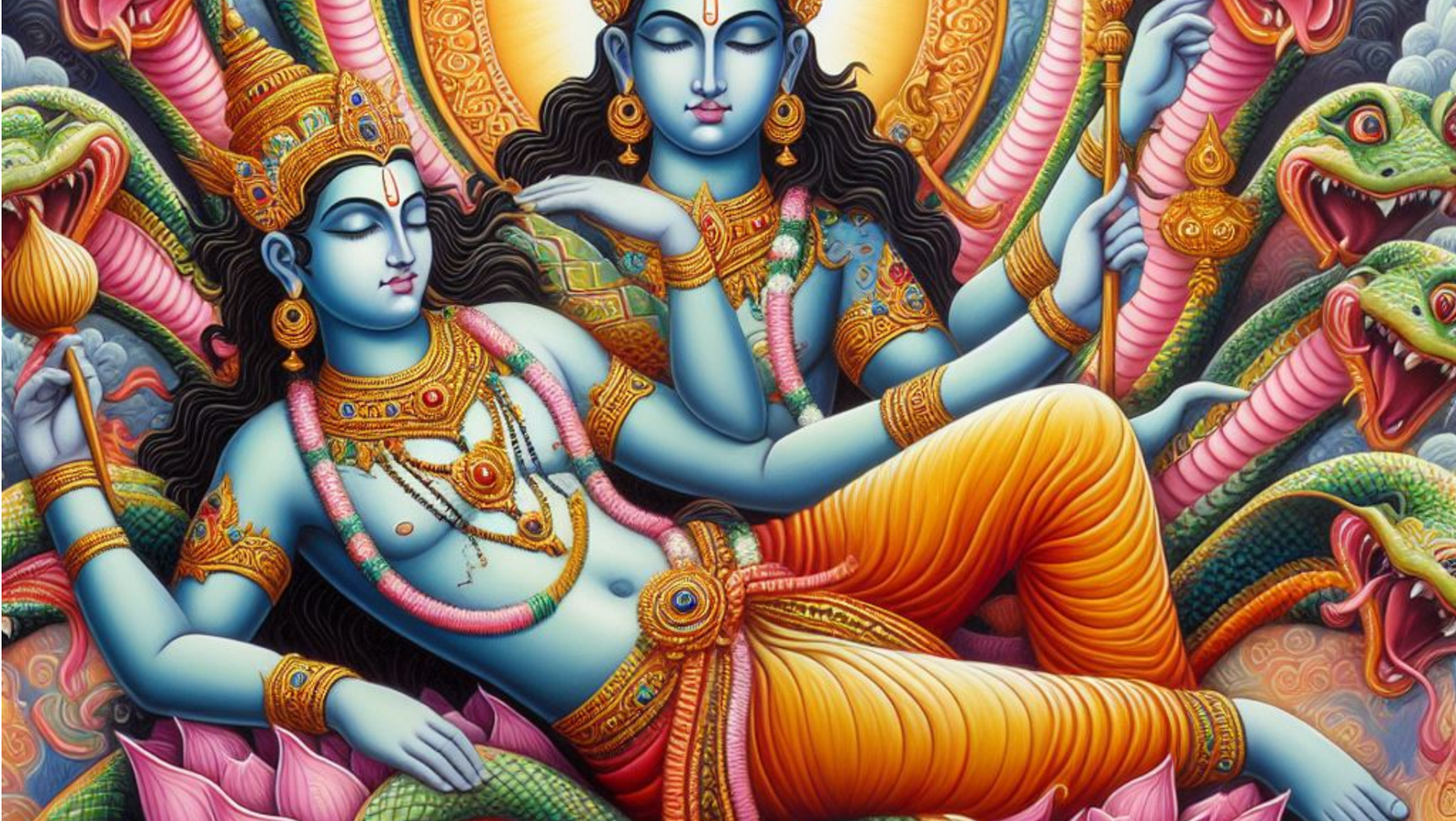
About Naga Panchami 2025 Festival Celebration
Nag Panchami (Hindi: नाग पंचमी) is a traditional Hindu festival that pays homage to snakes or serpents. It falls on the fifth day (Panchami) of the bright half of the lunar month of Shravana, usually occurring in July or August according to the Hindu calendar. This festival holds cultural and religious significance in various parts of India, particularly in regions where snakes are revered and considered divine beings.
Naga Panchami 2025 Date
Nag Panchami in 2025 will be celebrated on Tuesday, 29 July 2025
Naga Panchami Meaning
Naga Panchami is a Hindu festival celebrated in reverence to snakes or serpents. The term "Naga" refers to snakes, while "Panchami" signifies the fifth day of the lunar fortnight according to the Hindu calendar. On this day, devotees worship snakes, seeking their blessings and protection from snakebites, and offer prayers and rituals to serpent deities, highlighting their significance in Hindu mythology and culture. The festival emphasizes the veneration and acknowledgment of the divine nature of snakes in Hindu beliefs.
Naga Panchami Significance
Naga Panchami holds significant religious, cultural, and mythological importance in Hindu tradition. Some key significances of Naga Panchami include:
1. Reverence for Snakes: The festival venerates snakes, considering them divine creatures. Snakes hold symbolic significance in Hindu mythology and are revered as protectors of the environment and agricultural fields.
2. Mythological Roots: Naga Panchami has mythological origins associated with serpent deities like Sheshnag (Adishesha), the serpent on which Lord Vishnu reclines, and Vasuki, the serpent king, associated with Lord Shiva. It commemorates these divine connections.
3. Agricultural Importance: In agrarian communities, snakes are seen as guardians of crops. Worshiping them on Naga Panchami is believed to ensure protection from snakebites and pest-related issues, fostering agricultural prosperity.
4. Ecological Harmony: The festival emphasizes the importance of harmony between humans and nature, highlighting the significance of snakes in the ecosystem and their role in maintaining ecological balance.
5. Religious Rituals: Devotees offer prayers, perform rituals, and visit snake temples to seek blessings and protection from snake-related afflictions. It's a day to show reverence and seek forgiveness for any harm inadvertently caused to snakes.
6. Cultural Practices: Naga Panchami is celebrated through various cultural events, including processions, folk performances, and fairs in different regions across India, showcasing the cultural significance and diversity associated with the festival.
Naga Panchami signifies respect for snakes, their role in Hindu mythology, agricultural significance, and the interconnectedness between humans and the environment, promoting harmony and coexistence with nature.
Naga Panchami Story
Naga Panchami is associated with various mythological stories and beliefs. One prevalent tale involves the legend of a young farmer named Parikshit.
Legend has it that Parikshit, while on a hunting expedition, insulted the meditating sage, Shamika Rishi, by placing a dead snake on his shoulder. The sage's son, Sringi, enraged by this disrespect, cursed Parikshit to die by the bite of Takshaka, the king of snakes, within seven days.
Upon learning of the curse, Parikshit sought refuge in the sage Kashyapa, who advised him on ways to protect himself. Parikshit constructed a high tower and surrounded it with a moat filled with water, guarding it against the snake's bite.
As fate would have it, Takshaka disguised himself as a Brahmin and entered the tower in the form of a worm hiding in a fruit, which was brought to Parikshit by a disguised Takshaka. Parikshit, unaware of the ploy, wore the fruit around his neck, and upon biting the fruit, Takshaka's bite proved fatal, fulfilling the curse.
This legend of Parikshit's encounter with Takshaka is often associated with Naga Panchami. The day is observed to honor and appease snakes, seeking their blessings and protection against snakebites, and paying respect to their divine nature, as depicted in various mythological tales.
Nag Panchami Pooja
The Nag Panchami pooja or worship performed on the day of Nag Panchami involves several rituals dedicated to snakes, seeking their blessings and protection. Here are the typical steps followed during Nag Panchami pooja:
1. Preparing the Idol or Image: Devotees either visit temples or create a sacred space at home. Images or idols representing snakes, often made of silver, stone, or clay, are placed on a raised platform or in a sacred area adorned with flowers and leaves.
2. Purification: Before starting the pooja, the devotee performs a ritualistic bath or ablution, symbolizing purification of body and mind.
3. Offerings: Milk, honey, water, vermillion, turmeric, and other sacred items are offered to the snake idols as a mark of respect and devotion. Some also offer grains, fruits, or special dishes prepared for the occasion.
4. Mantras and Prayers: Devotees recite Vedic hymns, mantras dedicated to snakes, or specific prayers invoking the blessings of snake deities. They seek protection from snake-related afflictions and offer gratitude for their grace and blessings.
5. Aarti: The pooja culminates with the singing of hymns, performing aarti (a ritual of waving lighted lamps), and seeking the blessings of snakes for the well-being and prosperity of the family.
6. Distribution of Prasad: Finally, devotees receive prasad (sanctified food offered to the deity) that usually consists of sweets or fruits, which are considered blessed after being offered to the snake deities.
The pooja rituals might vary based on regional customs and traditions. Devotees perform these rituals with utmost devotion, seeking the protection and blessings of snakes, and fostering reverence towards these divine beings on Nag Panchami.
Which God is Nag Panchami dedicated to?
Nag Panchami is primarily dedicated to the worship of snakes or serpents. However, it is also associated with the worship of various serpent deities from Hindu mythology, including:
1. Sheshnag or Adishesha: Sheshnag is the divine serpent or king of all snakes. He is often depicted as a multi-headed serpent on whom Lord Vishnu reclines in the cosmic ocean.
2. Vasuki: Vasuki is another significant serpent deity and the king of Nagas. In Hindu mythology, Vasuki played a pivotal role in various tales, including the churning of the cosmic ocean (Samudra Manthan) by the Devas (celestial beings) and Asuras (demons).
3. Naga Devatas: Besides Sheshnag and Vasuki, several other snake gods and deities, collectively known as Nagas or Naga Devatas, are worshipped during Nag Panchami. These include Ananta, Padma, Kambala, Kaliya, and many others, each with their unique significance in Hindu mythology.
Devotees honor and offer prayers to these serpent deities, seeking their blessings, protection from snake-related afflictions, and overall well-being during the observance of Nag Panchami.
Naga Panchami Date
| Year | Date | Day |
|---|---|---|
| Naga Panchami 2023 Date | 21 August 2023 | Monday |
| Naga Panchami 2024 Date | 09 August 2024 | Friday |
| Naga Panchami 2025 Date | 29 July 2025 | Tuesday |
| Naga Panchami 2026 Date | 17 August 2026 | Monday |
| Naga Panchami 2027 Date | 06 August 2027 | Friday |
You may also like …
Are You The Proud Hindu?
The Trimurti
Create an account to join us and start taking part in conversations.
SIGNIN


